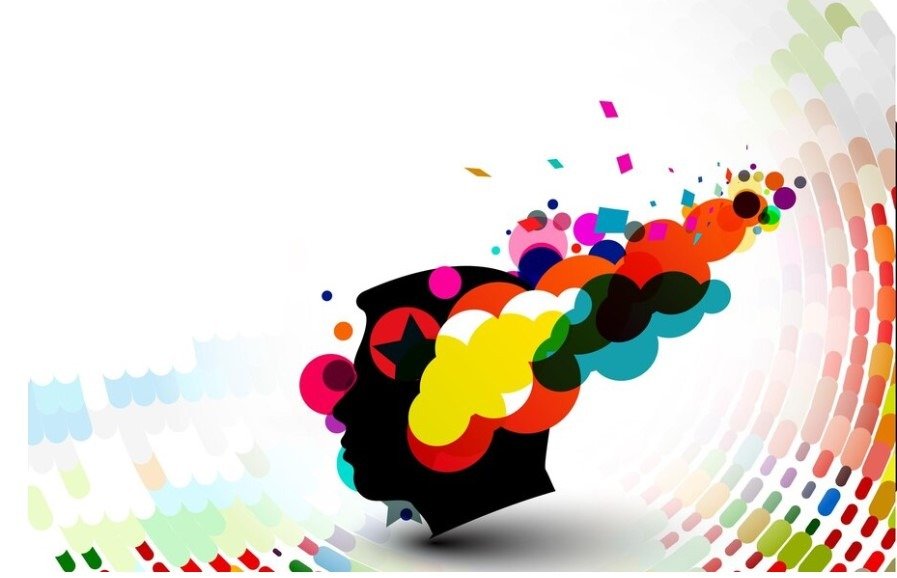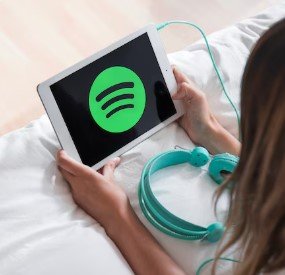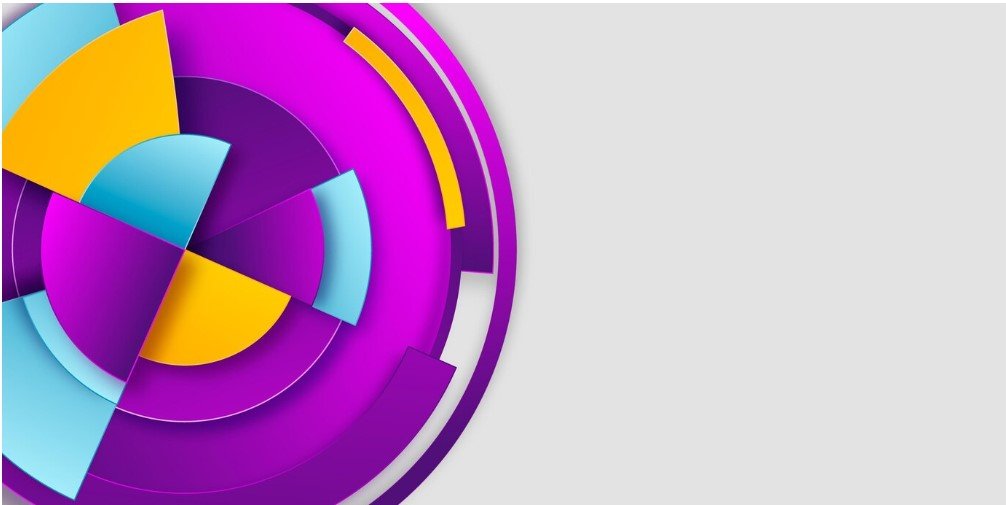
Ever walked into a room and felt instantly at ease or strangely uneasy? That’s the power of environment, and a huge part of that is color and layout. In the digital world, your UI/UX and branding are that room. Now imagine walking into a store where every product is stacked haphazardly, and the walls are painted a chaotic mix of clashing colors. You’d likely feel overwhelmed, confused, and eager to leave. Now, think about a website or brand that’s hard to look at because the color feel wrong or the layout is confusing. It’s the digital equivalent of that store—a user’s worst nightmare.
The Silent Power of Color and Layouts
In today’s hyper-connected world, where attention spans are shorter than ever and AI tools dominate digital landscapes, the design of your brand or UI/UX isn’t just decoration; it’s communication. Colors and layouts act as a silent language, shaping user perceptions, emotions, and decisions. In this article, we’ll delve into the fascinating world of color theory and layout design, exploring their profound impact on UI/UX and branding. You’ll discover how to use these tools to create visually appealing, functional, and emotionally resonant designs—and why mastering this skill is essential for staying ahead in 2025 and beyond.
Case Study: The “Coke vs. Pepsi” Color Battle
Both Coca-Cola and Pepsi use red and blue in their branding, but the emotional impact differs. Coca-Cola’s vibrant red evokes excitement and energy, while Pepsi’s blue conveys trust and youthfulness. These color choices are deliberate, rooted in decades of psychological testing and consumer feedback. The takeaway? Colors shape brand identity in ways words alone cannot.
The Science of Color Theory—Harnessing Emotional Triggers
Color theory isn’t just for artists; it’s a critical tool for any designer aiming to influence user behavior. Colors evoke emotions, communicate values, and even trigger actions. Here’s how:
The Emotional Palette
- Red: Passion, urgency, or excitement (used in clearance sales or call-to-action buttons).
- Blue: Trust, calm, or professionalism (popular among tech companies like Facebook and LinkedIn).
- Green: Growth, health, or eco-friendliness (associated with wellness brands).
- Yellow: Optimism or caution (often used sparingly to grab attention).
Example:

Spotify’s Green
Spotify’s bright green logo stands out against its dark interface, symbolizing vitality and connection. This choice reinforces their mission to make music universally accessible while keeping the design visually appealing.
Layouts that Speak—Designing for Function and Aesthetic
A great layout is like a great conversation—it flows naturally, guides the user, and leaves them feeling satisfied. Achieving this balance requires thoughtful planning.
Principles of Effective Layouts
- Hierarchy: Use size, color, and positioning to guide the user’s eye. For example, headlines should be bold and prominent, while secondary text remains subtle.
- White Space: Don’t overcrowd. Space allows elements to breathe and directs focus.
- Consistency: Maintain uniformity in fonts, colors, and spacing across pages.
Example: Apple’s Minimalism
Apple’s website is a masterclass in layout design. The generous use of white space, clean typography, and intuitive navigation create an effortless user experience, proving that simplicity can be powerful.
Our Solution:
Many businesses treat color and layout as purely aesthetic choices. They pick colors they like or layouts they find visually appealing, without considering the psychological impact on the user. This can lead to missed opportunities for brand connection and user engagement.
We’ve developed a strategic approach to color and layout, grounded in psychology and user behavior. Here are some insights from our “Chromatic Code” playbook:
- The “Emotional Palette”: Colors aren’t just pretty; they’re emotional triggers. Red can evoke excitement or urgency, blue can inspire trust, green often symbolizes growth. We carefully select colors that align with the brand’s personality and the desired emotional response. Example: For a wellness app, we used calming shades of blue and green to create a sense of tranquility and peace.
- The “Layout Language”: Layout isn’t just about arranging elements; it’s about guiding the user’s eye and creating a seamless experience. We use principles of hierarchy, balance, and flow to create layouts that are intuitive and engaging. Example: For an e-commerce website, we used a clear visual hierarchy to direct users towards the call-to-action, maximizing conversion rates.
- The “Cultural Context”: Color and layout interpretations can vary across cultures. It’s crucial to consider the cultural context when designing for a global audience. What might be a positive color in one culture could be negative in another. Example: When designing for a market in Asia, we researched the cultural significance of different colors and symbols to avoid unintentional misinterpretations.
- The “User Journey”: We map out the user journey and strategically use color and layout to guide users through the interface. We use visual cues to highlight important information and encourage desired actions. Example: For a SaaS platform, we used contrasting colors to highlight key features and guide users through the onboarding process.
- Unique Perspective: Explores the psychological aspects of design, offering valuable insights.
- Practical Application: Provides actionable tips and examples for using color and layout effectively.
- Value Proposition: Offers expertise that goes beyond basic design principles.
- Engagement: Uses a storytelling approach to keep readers interested.
Making It Actionable—Tips, Tools, and Resources
Practical Tips
- A/B Testing: Experiment with different color schemes and layouts to see what resonates best with your audience.
- Accessibility: Use tools like Color Contrast Analyzers to ensure your design is inclusive for users with visual impairments.
- Alignment: Stick to a grid system to keep elements organized and visually appealing.
Recommended Tools
- Adobe Color Wheel: For exploring harmonious color combinations.
- Figma: For creating and testing UI/UX layouts.
- Canva: For quick and visually stunning branding assets.
My Journey with Color Blunders
I once designed a landing page with vibrant orange CTA buttons. While they looked striking, the high contrast overwhelmed users and reduced clicks. By switching to a calmer blue, conversions increased by 25%. Lesson learned: Color isn’t just about aesthetics; it’s about psychology.
Great UI/UX and branding aren’t just about looking good; they’re about creating connections. By understanding the psychology of colors and layouts, you can design experiences that resonate deeply with your audience, driving both engagement and loyalty.
Key Takeaways
we’re passionate about helping brands harness the power of design to tell compelling stories. Want to elevate your digital presence? Let’s create something extraordinary together.
Final Word
Design is more than aesthetics—it’s about creating an experience that lingers long after the screen is closed. Whether you’re rebranding or crafting your next UI masterpiece, remember this: the magic lies in the details. Choose wisely, design thoughtfully, and watch your audience connect like never before.
Suggested Resources
- Read more about color psychology: The Science of Colors in Marketing
- Explore advanced layout design principles: Mastering UX Layouts
- Check out our portfolio at TechVolt Media Group.







